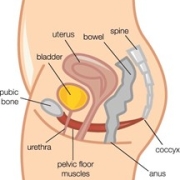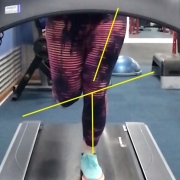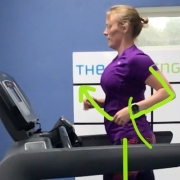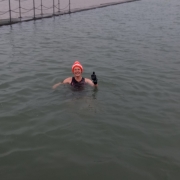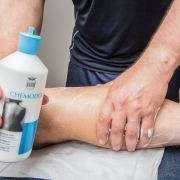Do you experience leaking when running?
/in Articles, Physiotherapy Advice, Running, Womens Health/by Pete TangLooking to improve your golf swing?
/in Articles, Golf, Physiotherapy Advice, Training, Uncategorised/by Pete TangWhy should you get a run analysis? Episode 2… Hip level & rotation
/in Articles, Physiotherapy Advice, Running, Training, Triathlon training/by Pete TangHilly v flat run race. Should your strength training change?
/in Articles, Running, Strength, Training/by Pete TangWhy should you get a run analysis? Episode 1… Arm swing
/in Articles, Running, Triathlon training/by Pete TangReturning to the desk after Christmas?
/in Articles, Physiotherapy Advice, Uncategorised, Wellness/by Pete TangSports Massage – Learn about the many benefits
/in Articles, Running, Training, Wellness/by Pete TangGet in Contact
We understand that people often don't know what we do or how we can help. Don't worry we're here to help.
To ask us a question or to book an initial appointment simply call 01454 54 00 66 for our Bristol Clinic or 01291 76 99 66 for our Chepstow Clinic and one of our friendly team will assist you with your enquiry.
Alternatively, please fill in the form on the Contact page.
Search the Website
Testimonials
"This was the first time visiting a sports massage, needed due to an injury to my calf. After just 1 session the improvements made have been incredible, and I am already booking more sessions in immediately. Matt Williams, who looked after me, was very friendly and extremely Knowledgeable..."
- Matt Lansdown


